openAWG is an open source project created with the intent on performing research and development on water generation and filtration technology. The vision is open source water infrastructure that creates drinking water from air, urine, or seawater.
On 10 June 2016, we joined around 100 young leaders from around the globe at the United Nations in Geneva, Switzerland to help facilitate a Youth Forum. For the first time, this provided youth 18-30 a formal input to the 32nd session of the Human Rights Council. READ MORE>>
TL;DR: We built a test chamber out of foam, and put some sensors in it to test the heat pump. It gets cold. We have more sensors and heat pumps to test. READ MORE>>
We have launched our campaign to fund our open source research and development! READ MORE>>
TL;DR: The water generated from our atmospheric water generator was sent to an EPA-certified laboratory for testing. It was tested for pH (acidity/alkalinity), turbidity (cloudiness), metal content, mineral content, and bacterial contamination. So far, it looks good, but we need to run more tests! READ MORE>>
IT WORKS! We successfully made water from the air at NIMBY0 in Oakland, California. Don’t worry, we filtered the water (reverse osmosis) before we drank it. READ MORE>>
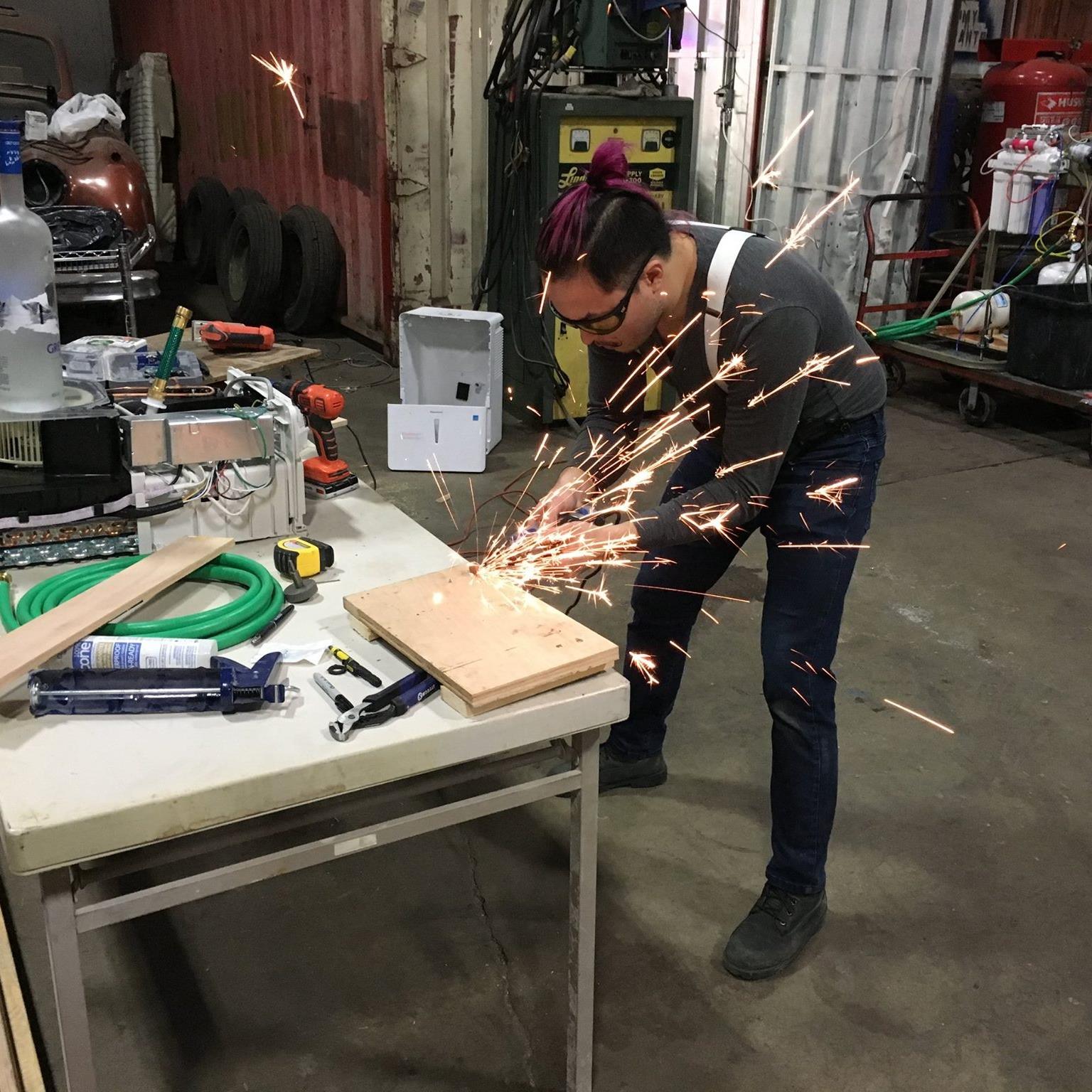
ex-Twitter, software, hardware, robotics, operations, light weaver, dropout

Problem solving enthusiast

Does things

Web engineer with interests in science and social justice

Resident chemist, helping out with all the little molecules and their friends

Resident meteorologist, helping with predictions, modeling, and Science™
If math makes your booty drop, the Technical FAQ is further down.
We are a group of artists, engineers, and activists.
openAWG is an open source project that focuses on atmospheric water generation (AWG). Water is essential to life and economy, yet 663 million people on this planet don’t readily have access to clean water. We want to help solve that problem by building an open source AWG system that is designed to pull water from the air in dry environments so it can provide drinking water for communities all over the world.
Right now. But more specifically, we are targeting the first large-scale deployment of openAWG v1 for Burning Man 2016: DaVinci’s Workshop. This model is projected to generate 1000L, literally a metric fucktonne of water per day.
Our workspace is at NIMBY in Oakland, California and we plan to test our prototypes at the Black Rock Desert in Nevada before Burning Man 2016.
Everyone should have access to clean drinking water without having to depend on expensive and closed systems designed to make a profit.
Condensation! Water has three forms: ice, liquid, and gas. Water vapor is always present in the air around us, and because cold air can’t carry as much vapor as warmer air, humidity levels depend on the weather. When temperatures reach the “dew point”, water vapor condenses into liquid and leaves the air. This is why you see dew on morning grass, or “sweat” on a cold glass of beer.
The openAWG machine works similarly to an air conditioner or dehumidifier. The working prototype we built, Blueice Alpha, is in fact a modified dehumidifier! It cools air, collects condensed water vapor on the evaporator coil, and the condensation is then pumped into the filtration and remineralization systems to produce drinking water!
openAWG is different in two ways - the first being that it is designed for arid environments. We can predict that an AWG built to operate in extreme conditions will perform solidly anywhere on Earth. Experiments will be conducted at the Black Rock Desert to reflect this goal.
Second - it is part of a modular system of technologies that we call “civilization-in-a-box”. We hope to help communities become self-sufficient by designing an open system that will allow people to recycle biomass and produce essential resources like water, power, industrial gases, biofuels, cryogenic liquids, and Internet access.
This NASA technical note0 describes how to derive absolute humidity from TMP C and DWP C:
=((0.21668*((TMPC+273)^-1))*((DWPC+273)^-4.9283)*(10^(23.5518+(-2937.4/(DWPC+273)))))*1000
We calculate the dewpoint from the temperature and relative humidity with this equation1,2:
=243.04*(LN(RH/100)+((17.625*TMPC)/(243.04+TMPC)))/(17.625-LN(RH/100)-((17.625*TMPC)/(243.04+TMPC)))
[0]: NASA TN D-8401 Equations for the Determination of Humidity From Dewpoint and Psychrometric Data
[1]: Temperature, Dewpoint, and Relative Humidity Calculator
[2]: Wikipedia - Clausius–Clapeyron relation
TL;DR:
1951.85 J/s * 1g/2591j * 86400s/24h * 1L/1000g * 24h/1day = 65L/1dayIt largely depends on the capacity of the heat pump. From the manufacturer’s specifications of Copeland model M4FF-0075-CAA-0500, we are able to assume a capacity of 6,660 BTU/hr * 0.29307107 = 1,951.85 J/s @ -3.89 C.
Because the dew point at BRC is on average -10 – 10 C, we must combine the enthalpy of condensation1 and fusion2 (2257 + 333.55) J/g.
Not only do we need to pump heat for the phase change, but we also need to bring the temperature of the water vapor down to the phase change temperature. The specific heat of air 1.0035 J/gK and H2O vapor 2.080 J/gK3 are orders of magnitude less than the 2590.55 J/g required to separate the water vapor from the air. By using a mini-split A/C unit to “pre-cool” the intake air to the phase change temperature, we can separate our concerns of temperature enthalpy and phase change enthalpy.
Mix all the numbers together, and we get 65L per day. This is assuming we’re able to supply the heat pump with enough water vapor.
[0]: M4FF-0075-CAA-050 Specifications
[1]: Wikipedia - Enthalpy of vaporization - Other common substances
[2]: Wikipedia - Enthalpy of fusion - Reference values of common substances
[3]: Wikipedia - Heat capacity - Table of specific heat capacities
It largely depends on which heat pump we use. Based upon the manufacturer’s specifications for M4FF-0075-CAA-0500, we can assume a power consumption of 1168.42 W at -3.89º C. Based upon the manufacturer’s specifications1 for the mini-split a/c unit, we can assume a power consumption of 710 W at -15º C. These numbers give us an efficiency of 640.43 Wh/L.2
[0]: M4FF-0075-CAA-050 Specifications
[1]: Mitsubishi M-Series Contractor Guide
[2]: We haven’t taken volumetric capacity into account yet, but it’s in the backlog. If you’d like to help, drop us a line :)
Dr. Ted Hullar has operated a weather station at BRC for the past couple of years. He modeled a normalized climate prediction (late Aug / early Sep) using past weather data from BRC and normalizing it against surrounding weather stations. We can predict hourly averages for:
Temperature: 15 - 31 C
Dewpoint: -4.37 - 4.68 C
Relative Humidity: 17 - 30 %
Absolute Humidity: 3.33 - 6.08 g/m^3
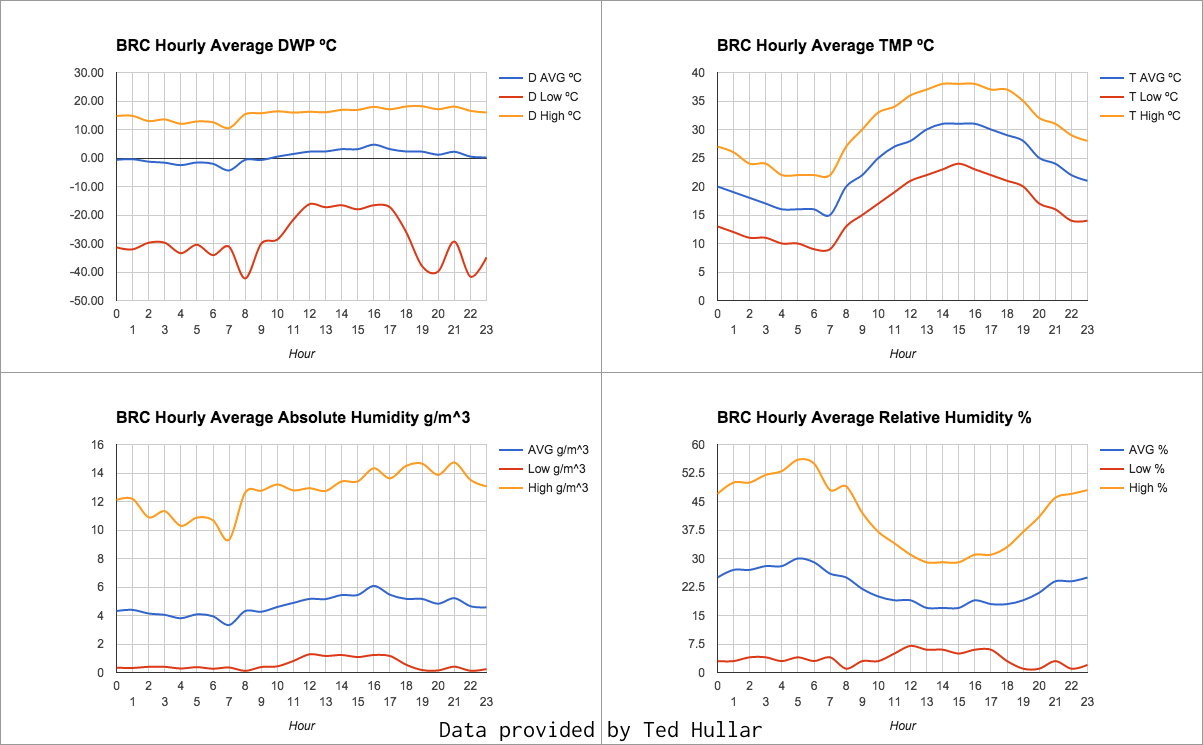
Our BlueIce0 prototype is constructed using commercially available dehumidifiers, and isn’t designed to work in arid environments (<45%). We are not sure if it will even operate in BRD conditions, but we plan on testing it alongside openAWG v0 in BRD.
[0]: BlueIce Alpha
[1]: openAWG - BlueIce Alpha
Because you will go crazy and die. Most dehumidifier components are not food-grade, and may contain heavy metals such as lead0.
[0] Wikipedia - Dehumidifier - Potability
Based on the manufacturer’s specifications for Keystone KSTAD70B0, 70 pints / 24h @ 720 W gives us a predicted efficiency of 17,280Wh / 33.1224L = 521.70Wh/L. This is an optimistic prediction, with the dehumidifier running in ideal conditions. We observed a capacity of 12L/24h @ 12.8C ambient, 6.38C DWP, 65% RH, 7.28g/m^3 AH, 500 W, which gives us an efficiency of 12,000Wh/12L = 1kWh/L.
[0]: Amazon - Keystone Energy Star 70 Pt. Dehumidifier
We are not sure, but we are going to test BlueIce alongside openAWG v0.
Thermal condensation, absorption/dessicant, ionic membrane0.
RO0 (reverse osmosis) is typically used to remove dissolved solids such as metals, salts, minerals, and bacteria. We will send samples to a laboratory to certify that the current filtration system is able to produce potable water. The resulting RO water is remineralized to ensure safe concentrations of osmolytes.1
[0]: Wikipedia - Reverse osmosis
[1]: WHO - Health risks from drinking demineralised water
We have run tests for trace metals, ph, turbidity, and bacterial content. You can download the reports and read a write-up explaining them here!

Work is currently ongoing for modeling, prototyping, and figuring out budgets and fundraising




openAWGv0 exhibit accepted for Maker Faire Bay Area 2016


Submitted BRC Honoraria application


Invited to submit BRC Honoraria application
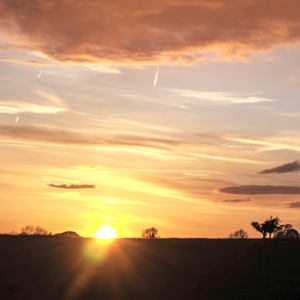
With Ted’s climate predictions, we made a rough model and made some engineering decisions on heat pumps

Submitted Black Rock City Honoraria letter of intent
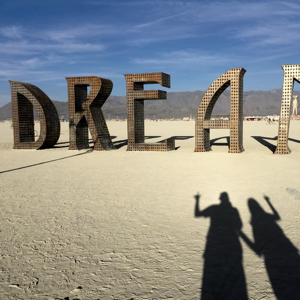
Met meterologist Ted Hullar and got excellent Black Rock Desert weather data
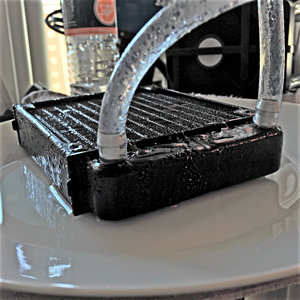
Proof of concept built with spare parts. We started pumping heat around
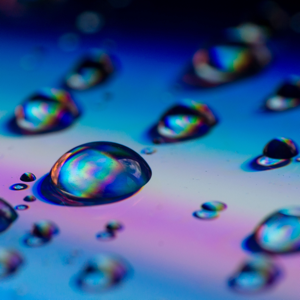
info at openawg.com